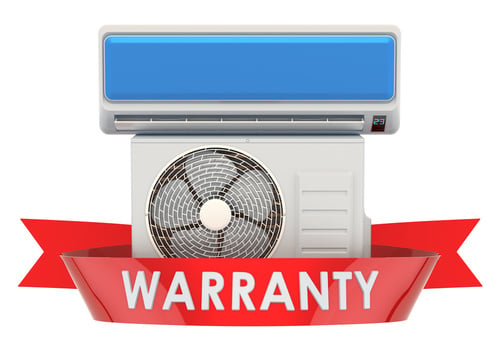Pamplin Media Group - How to Reduce Seasonal Allergy Symptoms - Pamplin Media Group
Pamplin Media Group - How to Reduce Seasonal Allergy Symptoms - Pamplin Media Group |
| Pamplin Media Group - How to Reduce Seasonal Allergy Symptoms - Pamplin Media Group Posted: 26 May 2020 12:00 AM PDT This article brought to you courtesy of Randy Preston of Honke Heating and Air Conditioning Gresham Outlook Insider Heating and Cooling Expert.
1. Stay indoors and keep windows and doors shut when pollen counts are high. 2. Avoid yardwork since this can aggravate symptoms. If you must, you may want to consider wearing a pollen mask. Shower without delay and put on clean clothes once you are done. 3. Turn on your air conditioner at home or in the car. Consider adding a high efficiency air filter in your house's home comfort equipment. 4. Hardwood, tile, or linoleum are the best flooring materials for decreasing indoor allergens. If you have carpet, install a HEPA filter on your vacuum cleaner. If you're still having issues with symptoms when you're at home, an air purifier may be able to provide relief. What is the best air purifier for allergies? Look for a model with a High Efficiency Particulate Air (HEPA) filter. HEPA filters offer the most comprehensive filtration you can buy, as they catch 99.97% of particles in the air. HEPA filters are even more useful when combined with an ultraviolet (UV) germicidal light. This mighty blend can eliminate general allergens like dust, dander, pollen, and mold. For the best air purification, choose equipment with a carbon-based filter to remove odors. Avoid air purifiers that create ozone, the primary component in smog. The EPA warns ozone could acerbate respiratory issues, even when emitted at small settings. Want to move forward with adding a whole-house air purifier? Give our experts a call at 503-663-8033 or contact us online to request an appointment. We will help you find the right system for your family and budget. Honke Heating and Air Conditioning 840 N.E. Cleveland Avenue Gresham, OR 97030 503-666-3725 |
| Posted: 27 May 2020 03:07 PM PDT Filters remove small particles from the air before it is distributed throughout your home. Depending on the type of filter that you have, more microscopic materials will be filtered out than when using other types of filters.  Your initial reaction might be to reach for the filters that block out the most microscopic particles. After all, if the filter is able to keep out viruses, mold spores, and bacteria, then why not choose that one? The reason why the most filtration doesn't always mean that a filter is the best is that they are so good at filtering that they increase your energy costs from making your air conditioner work that much harder. Fiberglass filters, which are looser, don't filter out these microscopic particles, but they do allow for increased airflow. Different Types Of FiltersThe most common type of air filters are:
The way your air conditioner works is that air comes in from outside and particulates get trapped in the filter before it reaches the air in your home. When the filter fills up with contaminants, it gets blocked, which means that it is harder for air to get through. This will cause a homeowner to change the thermostat to lower or increase the temperature in hopes of cooling down or heating the room enough. Instead, what will happen is that more cold air will be blowing that can't pass the filter, which could lead to the air conditioning unit freezing and breaking down. Furnaces, likewise, can also break down if filters are left in for too long and become clogged. So, if you have a better filter that is going to collect a lot more contaminants, then you'll need to replace it more often to ensure better airflow. But for homeowners with health conditions this is hardly a trade-off because a better filter ensures the cleanest air possible in their home. Choosing The Right FilterSo what type of customer will benefit from what type of filter? It depends on whether or not you are trying to avoid a health issue and want to save money. If you have no allergies and you want to save on energy costs, then fiberglass filters are a great option for you, and you can replace them every six months. If you have any pets, however, then you will want to replace them more often, such as every three months or 60 days. If you or someone in your home has severe allergies or other health conditions then you will want to get one of the pleated filters and you will want to change it every 30 to 60 days. Be aware that your energy costs will increase compared to using a fiberglass filter, but the benefit will be better filtration. |
| You are subscribed to email updates from "air filter for mold" - Google News. To stop receiving these emails, you may unsubscribe now. | Email delivery powered by Google |
| Google, 1600 Amphitheatre Parkway, Mountain View, CA 94043, United States | |

Comments
Post a Comment